Search for cities, countries, lakes and rivers
Spain
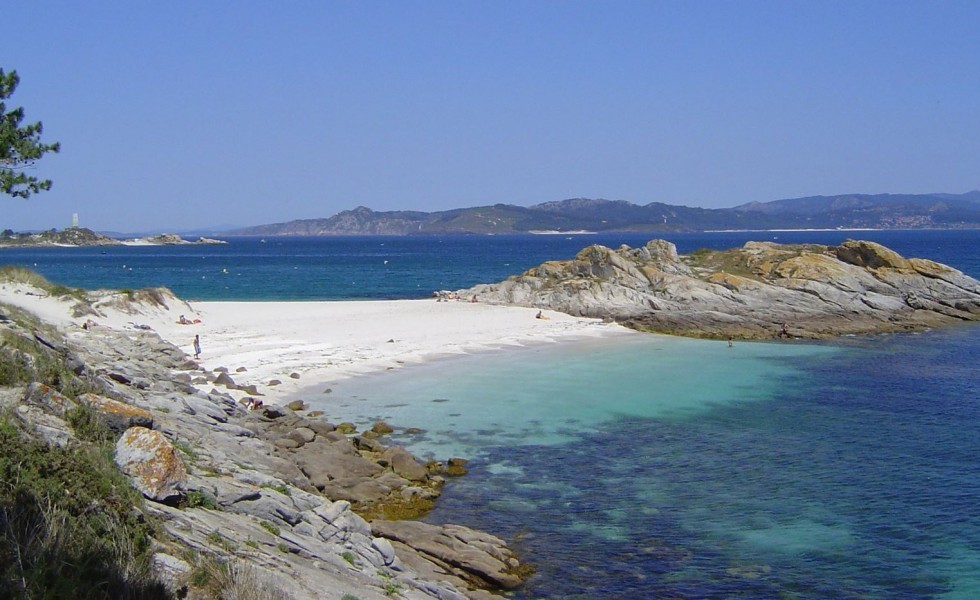
Spain, Galicia © By Henrique Pereira
Spain Sea Temperature
This page provides detailed information about the water temperature in Spain. All cities and resorts on the coast, also in lakes and along the rivers. The range of sea temperatures for today. We find every spot where you can swim and tell you what the water temperature is there today and throughout the year.
Current Sea Temperature
14.2°C
minimal
18.9°C
average
23.5°C
maximum
Graph of Sea Temperature Changes in Spain Over the Last 60 Days
The Warmest Places on the Seaside in Spain Today
The Most Popular Seaside Resorts in Spain
Seas and Oceans that Border Spain
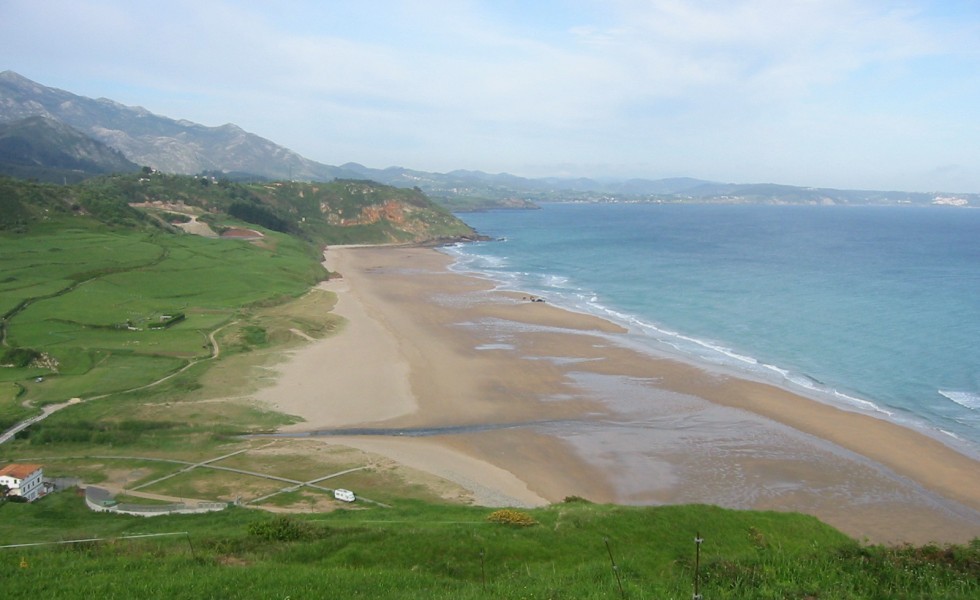
Spain, Asturias © By gesoe62
Current Water Temperature in Lakes and Rivers
12.6°C
minimal
14.3°C
average
15.8°C
maximum
The Warmest Places on Lakes and Rivers in Spain Today
The Most Popular Lakes and Rivers in Spain
Spain: List of Regions
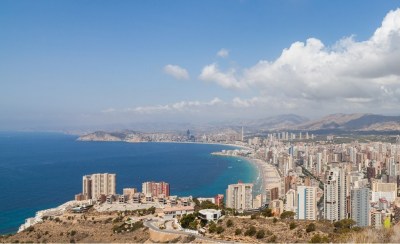
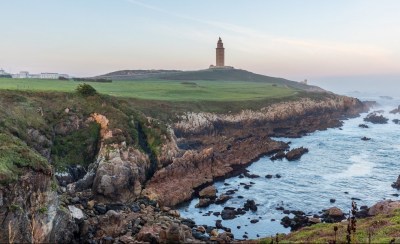
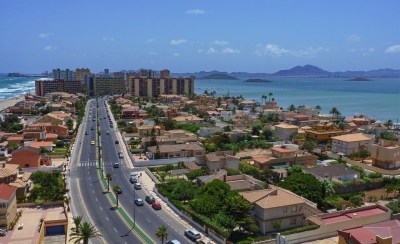
Water Temperature in Spain: General Trends and Swimming Opportunities
Spain, with its extensive coastline along both the Mediterranean Sea and the Atlantic Ocean, is a prime destination for beachgoers and swimmers. The sea temperatures in Spain vary depending on the region and season, but in general, the Mediterranean coast offers warm waters from May to October. In the summer months, the water temperature can reach around 26°C (79°F), making it ideal for swimming. On the Atlantic side, the water tends to be cooler, especially in regions like Galicia and the Basque Country, where the temperatures typically hover between 16°C (61°F) and 22°C (72°F), even in summer.
Spain's Mediterranean coastline is dotted with popular beach resorts, particularly along the Costa Brava, Costa Blanca, and Costa del Sol. These areas are famous for their golden sands and clear, warm waters, attracting thousands of tourists each year for swimming, sunbathing, and other water activities. The Balearic Islands (Mallorca, Ibiza, and Menorca) and the Canary Islands, located off the coast of northwest Africa, also offer crystal-clear waters that are perfect for swimming, with temperatures remaining pleasant year-round.
In addition to the Mediterranean and Atlantic beaches, Spain boasts beautiful freshwater swimming opportunities. The country is home to numerous rivers and lakes, including the stunning Lake Sanabria in Castile and León and the Ebro River. Many of these inland bodies of water, surrounded by scenic landscapes, provide a tranquil environment for swimming, kayaking, and enjoying nature. Overall, Spain is a fantastic destination for swimmers, with a diverse range of options for both ocean and freshwater experiences.
General Information and Geographical Location of Spain
Original name of the country: Reino de España
Spain is located in Europe. The country is washed by six seas, such as the Atlantic Ocean, the Balearic Sea, the Bay of Biscay, the Strait of Gibraltar, the Sea of Alboran, the Mediterranean Sea. Spain is a large resort country and has a long coastline. To determine the temperature of the water in it, we track 323 settlements and resorts. Link to Google Maps.
Spain Weather
Spain has a varied climate due to its large size and diverse geography, ranging from Mediterranean along the coast to continental in the interior and even oceanic in the north. The Mediterranean regions, including cities like Barcelona and Valencia, experience hot, dry summers with temperatures often reaching 85°F to 95°F (29°C to 35°C). Winters in these areas are mild, rarely dropping below 45°F (7°C), but occasional rain showers occur. The southern part of Spain, particularly Andalusia, can get extremely hot in summer, with temperatures sometimes exceeding 105°F (40°C).
In contrast, central Spain, including Madrid, has a continental climate with hotter summers and colder winters. Summer temperatures frequently rise above 95°F (35°C), while winter nights can drop to 30°F (-1°C) or lower. The northern coastal regions, such as Galicia and the Basque Country, have a more oceanic climate, with cooler summers around 70°F (21°C) and mild, rainy winters. This diversity in climate makes Spain a year-round destination, offering everything from sunny beaches to snowy mountain landscapes.
Frequently Asked Questions About Spain and its Water Temperatures
What is the sea temperature today on the coast of Spain?
The sea temperature today on the coast of Spain ranges from from 58°F (14.2°C) in Pontedeume to 74°F (23.5°C) in El Hierro.
What is the water temperature today in lakes and rivers in Spain?
The water temperature today in lakes and rivers in Spain ranges from 55°F (12.6°C) in Segre River to 60°F (15.8°C) in Bidasoa River.
Which seas and oceans border Spain?
Spain is bordered by six seas, namely: the Alboran Sea, the Mediterranean Sea, the Atlantic Ocean, the Balearic Sea, the Bay of Biscay, the Strait of Gibraltar.
How long is the coastline in Spain?
According to The World Factbook, the length of Spain's coastline is 3,084 miles (4,964 km), while the World Resources Institute estimates it at 4,516 miles (7,268 km).
What is the best time for swimming and beach holidays on the coast of Spain?
The coastline of Spain is quite extensive, so the sea temperature varies significantly. However, if we talk about average values, there are three months in a year when you can comfortably swim in the sea: July, August and September. During this time, the average water temperature is always above 68 degrees Fahrenheit (20 degrees Celsius).
What is the sea temperature history in Spain?
Here are the ranges of sea temperatures in Spain by month based on historical data: in January from 51°F (11°C) to 73°F (23°C), in February from 50°F (10°C) to 71°F (22°C), in March from 51°F (11°C) to 71°F (22°C), in April from 51°F (11°C) to 71°F (22°C), in May from 53°F (12°C) to 75°F (24°C), in June from 55°F (13°C) to 80°F (27°C), in July from 55°F (13°C) to 86°F (30°C), in August from 57°F (14°C) to 86°F (30°C), in September from 57°F (14°C) to 86°F (30°C), in October from 55°F (13°C) to 80°F (27°C), in November from 53°F (12°C) to 78°F (26°C), in December from 50°F (10°C) to 75°F (24°C).
